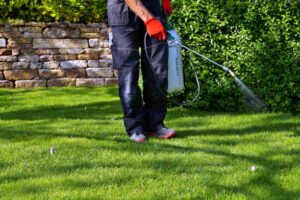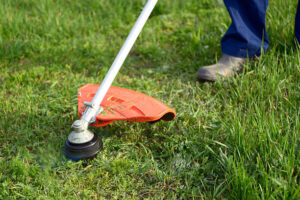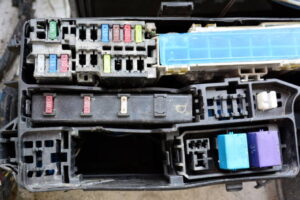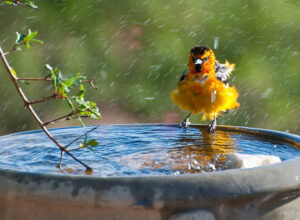Best Rat Bait: Safely Dealing with Rodent Infestations
Introduction
Dealing with a rat infestation can be a challenging and stressful experience for homeowners. Rats not only pose health risks but can also cause damage to property and belongings. Finding the best rat bait is crucial in effectively controlling these pests while ensuring the safety of your family and pets. In this comprehensive guide, we’ll explore the various options available for rat bait, discuss their effectiveness, and provide practical tips for safely managing rodent infestations in your home.
Rodents, particularly rats, are notorious for their ability to reproduce rapidly and adapt to various environments. Their presence in homes can lead to contamination of food, spread of diseases, and destruction of property. Therefore, it’s essential to take proactive measures to eliminate these pests and prevent future infestations.
Choosing the right rat bait is a critical step in rodent control. There are numerous bait options available, ranging from traditional snap traps to modern rodenticides. Each type of bait has its advantages and considerations, and selecting the most suitable one depends on factors such as the severity of the infestation, the location of the rodents, and the presence of children or pets in the household.
In this guide, we’ll explore the different types of rat bait, their pros and cons, and provide tips for using them effectively to eradicate rats from your home. Whether you’re dealing with a minor rodent problem or a full-blown infestation, finding the best rat bait can help you regain control of your living space and ensure a safe and healthy environment for you and your family.
Types of Rat Bait
Snap Traps: Traditional snap traps are one of the oldest and most commonly used methods for catching rats. These devices consist of a spring-loaded mechanism that snaps shut when triggered by the rat’s movement. Snap traps are effective, inexpensive, and easy to set up. However, they require frequent monitoring and disposal of trapped rodents.
Glue Traps: Glue traps are adhesive boards or trays designed to capture rats by immobilizing them with a strong adhesive. While glue traps are easy to use and can catch multiple rats at once, they are considered inhumane by some due to the prolonged suffering of trapped rodents. Additionally, there is a risk of unintended targets, such as pets or wildlife, getting stuck on the traps.
Rodenticides: Rodenticides are chemical substances formulated to poison and kill rodents. They come in various forms, including pellets, blocks, and liquid baits. Rodenticides are effective at eliminating large numbers of rats quickly and are often used in cases of severe infestation. However, they can pose risks to non-target animals if ingested accidentally.
Electronic Traps: Electronic traps use bait to lure rats into an enclosed chamber, where they are electrocuted upon entry. These traps are humane and kill rats instantly, making them a preferred option for those concerned about animal welfare. However, electronic traps tend to be more expensive than traditional snap traps.
Natural Repellents: Some homeowners prefer to use natural repellents such as peppermint oil, mothballs, or ultrasonic devices to deter rats from entering their homes. While these methods may have some deterrent effect, they are generally less effective than other baiting methods and may not provide long-term control of rat populations.
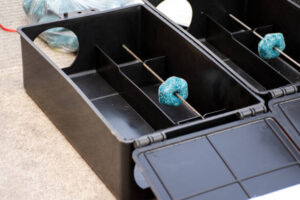
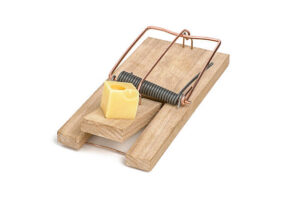
Tips for Using Rat Bait Effectively
Identify the areas of rat activity: Before placing bait, determine where rats are most active in your home, such as along walls, near food sources, or in dark, secluded spaces.
Use multiple baiting strategies: Combining different types of bait can increase your chances of success in catching rats. For example, you might use snap traps in areas frequented by rats and rodenticides in hard-to-reach areas.
Place bait strategically: Position bait stations along rat runways or near entry points to maximize their effectiveness. Keep bait away from children and pets by placing it in enclosed bait stations or securing it with bait boxes.
Monitor and replenish bait regularly: Check bait stations frequently and replace or refill bait as needed. Rats are wary creatures and may avoid bait that has been sitting out for too long or has become contaminated.
Practice proper sanitation: Alongside baiting, take steps to eliminate potential food and water sources that attract rats to your home. Keep food stored in airtight containers, clean up spills promptly, and seal cracks or openings that provide access to the interior of your home.
Additionally, clean up spills promptly, especially those containing food or liquids that could serve as a lure for rats. Regularly empty and clean trash cans and dumpsters to prevent odors that might attract rodents.
Sealing cracks or openings that provide access to the interior of your home is another crucial step in rat prevention. Rats can squeeze through surprisingly small openings, so inspect your home thoroughly for any gaps or holes, both inside and outside. Seal these entry points with materials such as steel wool, wire mesh, or caulk to prevent rats from gaining entry.
Furthermore, consider implementing exclusion measures to deter rats from entering your home in the first place. Trim back vegetation and remove debris from the exterior of your home, as overgrown vegetation and clutter can provide hiding places and harborage for rodents. Additionally, install door sweeps and screens on windows to prevent rats from entering through gaps or openings.
Regular monitoring is key to assessing the effectiveness of your rat control efforts. Keep track of bait consumption, trap catches, and any signs of rat activity, such as droppings, gnaw marks, or runways. Adjust your baiting and trapping strategies as needed based on your observations and the level of rat activity in your home.
It’s also important to be patient and persistent when dealing with rat infestations. Rats are intelligent and adaptable creatures, so it may take time to eradicate them completely. Be prepared to continue your rat control efforts over an extended period, and don’t become discouraged if you don’t see immediate results.
If you find that your rat infestation is particularly severe or persistent, consider seeking professional assistance. Pest control professionals have the expertise, tools, and resources to effectively address rat infestations and implement comprehensive control measures tailored to your specific situation. They can also provide guidance on long-term prevention strategies to help prevent future rat problems.
Conclusion
Choosing the best rat bait is essential for effectively controlling rodent infestations and safeguarding your home and family. By understanding the different types of bait available and following proper baiting techniques, you can successfully eradicate rats from your living space and prevent future problems. Remember to prioritize safety when using rat bait, keeping it out of reach of children and pets, and following manufacturer instructions carefully. With the right approach and persistence, you can reclaim your home from unwanted rodent guests and enjoy a pest-free environment once again.









